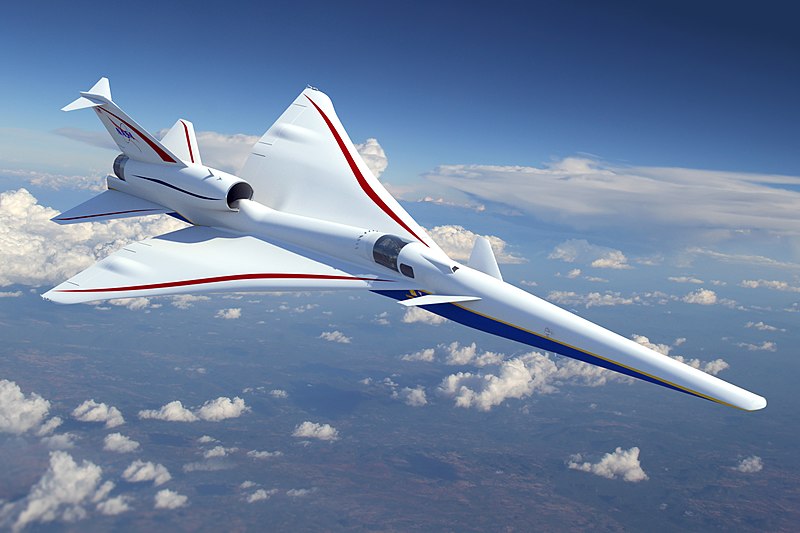Concorde was the world’s first supersonic airliner, it entered service in 1976. But the Concorde aircraft was grounded in 2003, three years after the crash of Air France Flight 4590, in which all passengers and crew were killed.
But when Concordes were in action, they would often break the sound barrier. Concorde’s window-rattling sonic booms produced enormous sound energy, about 110 decibels, similar to the sound of explosions or thunder.
Now, to cut out the sonic booms associated with supersonic travel, NASA is developing a quieter supersonic aircraft
The aircraft is dubbed the X-59 Quiet Supersonic Technology (QueSST). NASA hopes to reduce the sound of the sonic boom to a much quieter thud with its06 supersonic aircraft.
X-59 QueSST is the first in a series of aircraft NASA is developing with Lockheed Martin. The aircraft can fly at Mach 1.4 (1,100mph / 1,700 kph) at an altitude of 55,000 feet (10 miles).
Recently, NASA conducted wind tunnel tests on a scaled-down model of its “quiet” supersonic jet dubbed ‘son of Concorde’. The tests validated its boom-reducing technology to make supersonic flights quieter
Currently, there is a ban on supersonic flights over U.S. soil as the loud sonic boom could be disruptive. The tests will ensure that supersonic flights over communities are a reality one day.







